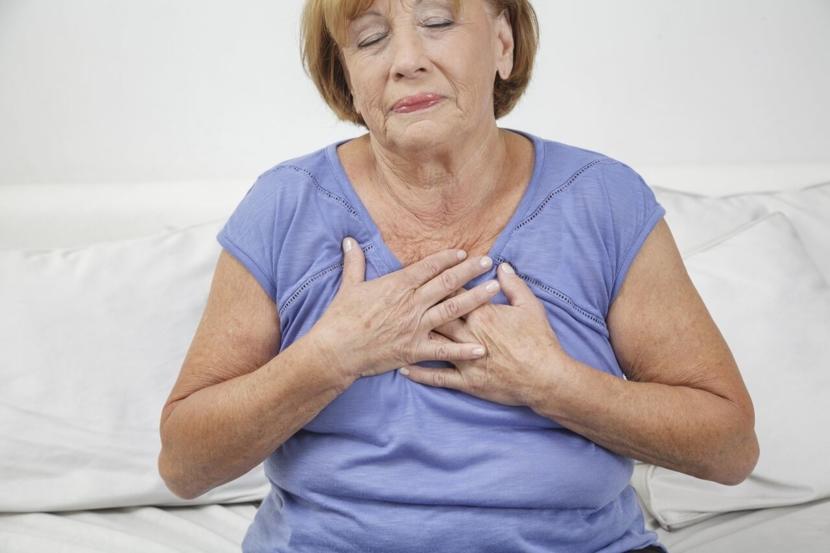What is Lung Cancer? Get the Facts

The Nature of Cancerous Cells
Every cell in the human body is programmed to carry out a specific role. For example, a red blood cell carries oxygen to tissues, a white blood cell wards off infection, and an intestinal cell absorbs nutrients in the digestive tract. All these cells are programmed to carry out their functions, and die in the normal course, to be replaced continuously by a fresh batch of cells.
Sometimes, cells refuse to destruct in the normal course, and abnormal DNA makes them divide endlessly to form fresh cells which continue to grow. Uncontrolled cell division creates an unusual mass of tissue called a tumor. Tumorous tissue upsets the normal rhythm of bodily functions, and creates life threatening side effects.
A malignant tumor is one that could develop anywhere in the body, and invades and systematically destroys surrounding healthy tissue.
For the better part of their active lives, lung cells lining the glands, trachea, and pleural tissue perform their functions normally. They suck in oxygen as we inhale, and discard carbon dioxide and other waste products as we exhale. Sometimes, however, these lung cells behave strangely and reproduce rapidly to form tumorous tissue.
In lung cancer, the malignancy develops within the lobes of the lung or within pleural tissue. Being malignant means that the cancer has the potential to damage healthy lung tissue. These cells can also spread and damage organs elsewhere in the body.
Benign Tumors
Tumors such as hartoma and papilloma are considered benign and non-cancerous. They do not damage the surrounding lung tissue. But malignant cancer cells create an array of health problems.
Malignant and Destructive Lung Cancers
Malignant lung cancers can be separated into two categories. These are the non-small cell cancers (NSCLC) and the small cell lung cancers (SCLC). Such a division is based on the kind of cell in which the cancer originates.
Non–Small Cell Lung Cancer (NSCLC)
The outer region of the lung is pitted with glandular cells. When these cells grow abnormally, they form a kind of cancer called adenocarcinoma. Cancer may also originate in lean and thin squamous epithelial cells located in the lining of the trachea or windpipe. This kind of cancer is called squamous cell carcinoma.Sarcoma and sarcomatoid carcinoma are rare cancers that affect the larger cells of the lungs.
Small Cell Lung Cancer (SCLC)
In this type of cancer, growth abnormalities affect the central region of the lungs. Cancer spreads in the small cells lining the bronchi or larger windpipe. This is called small cell carcinoma. In combined small cell carcinoma, small cells intermingle with larger squamous and glandular cells to form tumorous tissue.
Lung Carcinoid Tumor
Fewer than 5% of lung cancers are lung carcinoid tumors. They are also sometimes called neuroendocrine lung tumors. Most of these tumors grow slowly and rarely spread.
Pleuralmesothelioma
The pleural membrane covers and lubricates the lungs. The cells in the pleural tissue sometimes become home to a rare form of cancer called pleural mesothelioma. This type of cancer is quite different from adenocarcinoma and small cell carcinoma.
Lung Metastasis
Primary lung cancer is one that originates within lung tissue, and which involves squamous or small cell carcinoma. In malignancies, the cancer can spread to other parts of the body. This can also happen in reverse. Cancer detected in one part of the body may spread to the lungs to create an altogether new kind of lung tumor. This is called lung metastasis.
Lung Cancer Symptoms:
A quarter of all people do not have symptoms when the cancer is diagnosed. In these people, the cancer is detected when they have an x-ray of the chest done for an entirely different reason. In the rest, or in the three-quarters of people with lung cancer, the symptoms are seen. These symptoms include:
- A new pattern in the coughing of a smoker or former smoker. That is, you might notice something in the cough that is different from usual. The cough might have a hoarse sound or you might be coughing up blood or more mucus than usual.
- A persistent cough, unlike the cough that is caused by a cold or an allergy that goes away in the matter of a week. A cough that stubbornly persists is something to worry about.
- Pain in the chest, especially in the area surrounding the lungs. The pain may get worse with deep breathing, coughing, or laughing.
- Changes in one's breathing pattern is also a sign. You may experience shortness of breath. This happens because of the cancer blocking or narrowing the airway.
- Wheezing happens when the airway becomes constricted, blocked, or inflamed, and the lungs produce a wheezing or whistling sound when you breathe. However, wheezing can be associated with multiple causes, some of which are easily treated.
- Loss of weight. You may experience a sudden loss of weight without doing anything. This happens because cancer cells use energy.
- A headache--this means that the lung cancer has spread to the brain.
- Repeated respiratory infections such as pneumonia can be a sign of lung cancer.
Risk Factors
- Smoking
Smoking is the primary cause of lung cancer. It contaminates the oxygen in the lungs and hence causes problems. Using other tobacco products like cigars or pipes also increases the risk for lung cancer. Even if you are only an occasional smoker, the risk is still high. As for people who have quit, they are still at higher risk than people who have never smoked. Cigarette smoking can also cause cancer in the mouth, throat, esophagus, stomach, and other parts of the body.
- Secondhand smoke or passive smoking
People who inhale the air around smokers are also at risk for lung cancer. This is because they indirectly take in the toxins in the air.
- Age
Most of the people diagnosed with lung cancer are usually above the age of 60.
- Genetics
Individuals with an immediate family member who has or had lung cancer may be more prone to developing the disease (whether or not this person smokes).
- Exposure to radon
Radon is a colorless, odorless radioactive gas found in some houses and is a leading cause of lung cancer.
Living with Lung Cancer
It is both emotionally and physically a tough time when a person is diagnosed with lung cancer. It is necessary to understand the type of cancer you are suffering, and you should know about the possible treatments. This helps you cope better with the disease.
Lung cancer and its treatment will bring about a lot of physical changes in your body. You may not feel too good about yourself. You can talk to your doctors, nurse, or family regarding the same.
Treatment of cancer is not too pocket-friendly and is a major financial crisis for most. You can talk to your doctors regarding this. They might know organizations that provide financial help for cancer patients. Contact social workers who will help you out with your financial issues. There are also web-based forums which have people from various strata of the society sharing their experiences with cancer.












